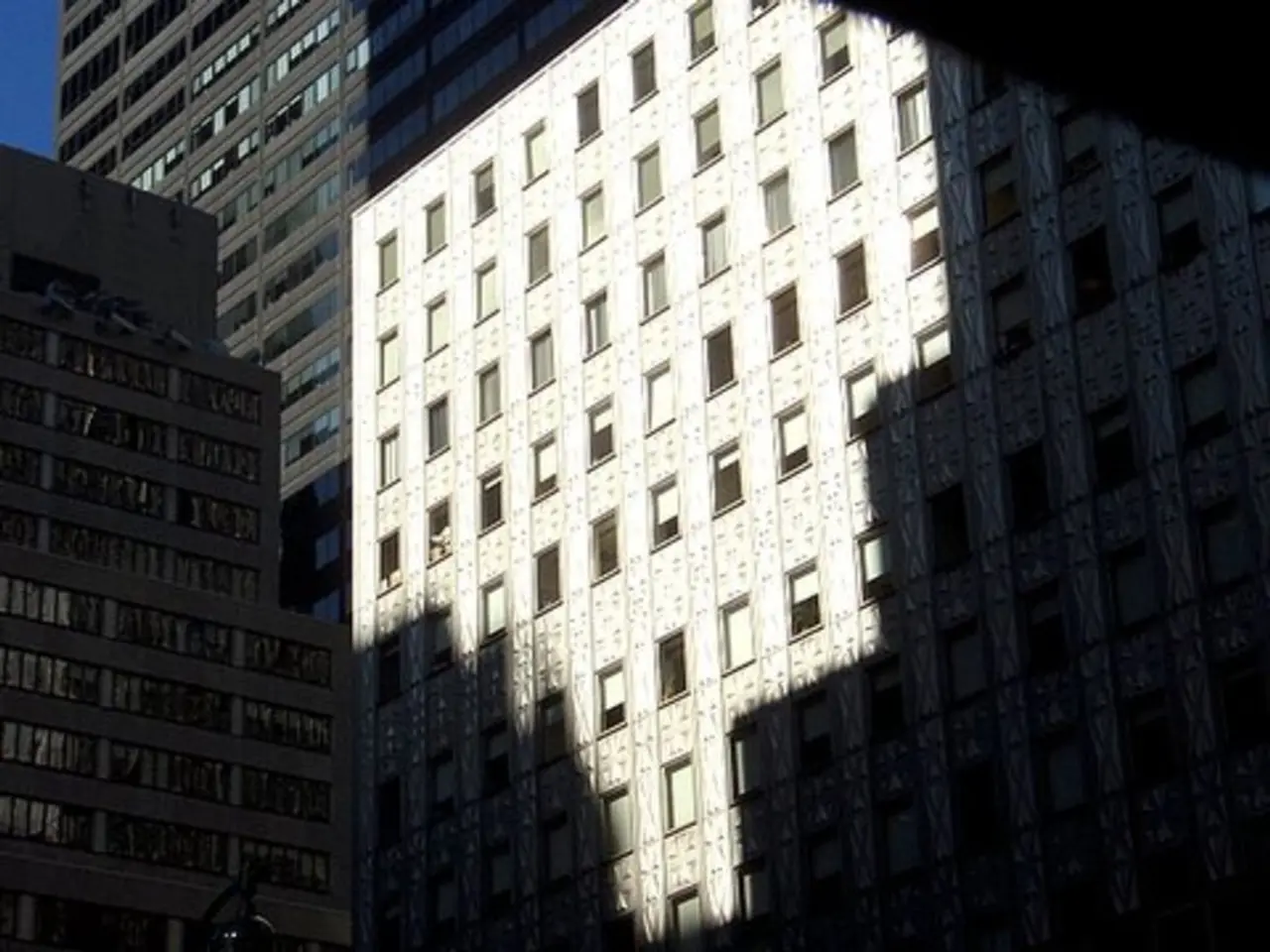Kuwait authorizes extensive modifications to its residential building regulations, aiming to stimulate financial investments and residential development within the urban landscape.
In a significant move to modernize and streamline residential construction, Munira Al-Amir, the head of the Technical Committee of the Municipal Council, has approved major amendments to the construction requirements for residential complexes within and outside Kuwait City.
The key changes include allowing developers to build up to 400% of the plot area within Kuwait City and up to 250% outside it, with additional allowances ranging from 30% to 80% based on plot size. The definition of a “residential complex” was unified to mean a group of investment buildings on a minimum of 2,000 square meters, regardless of location.
These amendments aim to boost economic returns, promote diversified mixed-use developments, and enhance quality of life while facilitating efficient land utilization and encouraging urban growth aligned with Kuwait’s development goals.
Urban planning is set to benefit from these changes, as they enable more flexible and higher-density developments, supporting modernization and optimized land use within and outside Kuwait City. Real estate investment is also expected to grow, with the streamlined procedures, increased building ratios, introduction of new building types like studio apartments, and expanded commercial activities allowed within residential complexes.
Design outcomes will see enhancements through the increased flexibility in building ratios, the allowance of basements and extra floors, and the broadening of investment housing uses to include amenities like libraries and playgrounds. This will contribute to more diverse and functional residential complexes.
Other notable changes include the elimination of the limit on the floor area for each level, allowing developers more freedom in distributing building heights and interior layouts. The amended code mandates disability-accessible design, the inclusion of gender-friendly restrooms, and offers incentives for developers who collaborate with the Public Authority for Housing Welfare.
Only one type of commercial use is allowed per building unless specific conditions are met. Outside the city, investment plots can combine residential, commercial, and hotel uses, with residential units occupying at least 3,000 square meters. Shops can be built along internal or main roads, with conditions, and may now be standalone buildings.
A new clause for mixed-use residential complexes has been introduced within Kuwait City, allowing up to 30 percent commercial activities. Shops must be at least 20 square meters, and developers can use the first basement for recreational purposes.
The Technical Committee preserved a 5 percent allocation for commercial services in residential complexes. Developers must separate commercial and residential access points and provide distinct parking areas for each function. The setback requirements have been standardized, with a minimum of 3 meters on all sides, and shared basements or adjoining structures are permitted under clear municipal conditions.
These amendments are significant regulatory updates, resulting from extensive discussions within the Technical Committee and relevant authorities, and are guided by the principles of simplifying language, unifying standards, and ensuring a balanced approach between investor interests and societal well-being.
[1] Source: [Link to the official announcement or news article] [2] Source: [Link to the official amended construction code or relevant document] [3] Source: [Link to the Public Authority for Housing Welfare guidelines for collaboration] [4] Source: [Link to the Municipal Council's official website] [5] Source: [Link to a news article or press release about the amendments]
Technology can play a crucial role in optimizing the urban growth aligned with Kuwait's development goals, by providing tools for efficient land utilization and modernized construction practices in the proposed mixed-use developments. With the introduction of studio apartments and expanded commercial activities, the adoption of advanced technologies in building design and construction could help in creating more sustainable, energy-efficient, and smart residential complexes.
Moreover, the incorporation of amenities like libraries and playgrounds within these developments presents opportunities for integrating technology-based educational resources and interactive features, enhancing the quality of life for residents and contributing to a more educated and active community overall.




